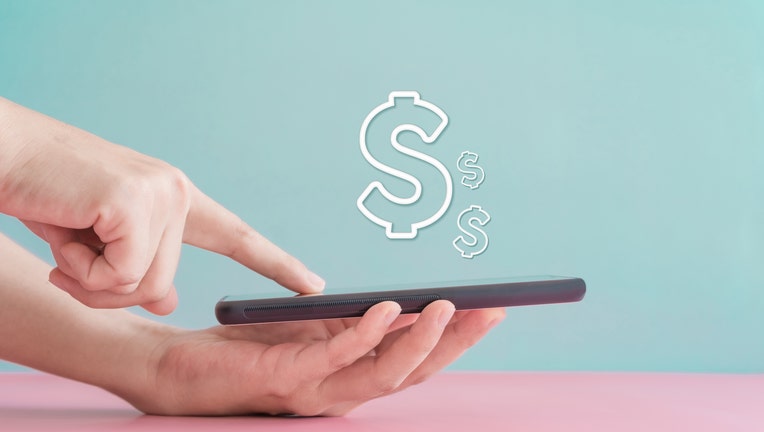How to automate your savings in 3 steps

If you're looking to save money amid coronavirus, take these three simple steps. (iStock)
While the coronavirus pandemic has taken a toll on millions of Americans' wallets, some have actually managed to grow their savings. According to a MassMutual survey, 22% of Americans said they were able to sock away $1,000 or more over the summer.
If you're ready to save but struggle with getting in the habit, there's a potentially easy fix: automate savings. Putting deposits into a savings account on autopilot can take the stress out of building an emergency fund or setting aside money for other financial goals, such as a down payment on a home.
3 ways to automate your savings
Here's how to get started with automating savings so you can watch your account balance climb. If saving money is your goal, then consider automating your finances using these three methods.
- Open a high-yield savings account
- Set up recurring monthly transfers
- Budget money to save from every paycheck
1. Open a high-yield savings account
If you decide to automate savings, where you keep your money matters. High-yield savings accounts can offer more of a bang for your buck, so to speak, when it comes to the annual percentage yield (APY) you can earn.
Consider the national savings rate average, which is 0.05%, according to the FDIC. Those rates are tied to a benchmark rate, typically the federal funds rate. When the Federal Reserve raises or lowers the federal funds rate, the APY on savings accounts can follow suit.
These types of savings accounts, while still subject to benchmark rate changes, can offer an interest rate that's 10 times higher or more than what you might find at a brick-and-mortar bank. Online banks can offer higher interest rates on deposit accounts — including savings accounts, money market accounts, and certificate of deposit accounts — because they tend to have lower overhead costs.
In addition to higher interest rates and a better APY, this type of savings account may have a lower or no monthly service fee and waive minimum balance requirements. All of those features can make them more attractive than a traditional savings account. Visit Credible to learn how you can earn more cash with high-yield savings options.
WHY IT'S A GOOD IDEA TO PUT SOME MONEY IN A HIGH-YIELD SAVINGS ACCOUNT
2. Set up recurring monthly transfers
Once you've chosen an account to hold your money, you can automate savings by setting up one or more recurring monthly transfers.
The easiest way to do this may be to schedule a recurring transfer from checking to saving each payday. Or if your employer offers direct deposit, you may be able to have part of your paycheck routed to savings automatically.
But there are other ways to automate savings on a monthly basis. For example, there are financial apps you can link to your checking account that can help you save by:
- Rounding up transactions and depositing the difference into a savings account
- Scanning your transaction history for extra money that you could add to savings
- Allowing you to "sweep" money from checking to savings as you work toward specific personal finance goals
By making transfers to savings automatic and recurring on a monthly basis, you can take advantage of the power of compounding interest. This is the interest you earn on your interest -- and the longer you save, the more your money will grow.
HOW TO CHOOSE A HIGH-YIELD SAVINGS ACCOUNT
3. Budget money to save from every paycheck
When you're committed to automating savings, it's important to be realistic about how much you can afford to save. Adding in a line item for saving to your budget that accounts for the size of your paychecks and your other expenses can make it easier to choose a workable number.
How you come up with the right figure can depend on what your expenses are month to month, how much you make, how often you're paid, and how you pay your bills. For example, say you're paid biweekly but most of your bills are due during the first half of the month. You might choose to allocate more of your second paycheck toward savings.
On the other hand, if your bills are spread fairly evenly through the month, you might commit the same amount from each paycheck to your savings account. If you're just getting started with saving, remember that consistency can count more than the actual dollar amount. The key is to make the act of saving part of your paycheck an automatic habit.
HERE'S HOW MUCH A HIGH-YIELD SAVINGS ACCOUNT PAYS
Automate savings for less financial stress
Committing to an automatic savings plan can take the guesswork out of putting money away for the short- and long-term. When you have money in a rainy day fund, you don't have to worry about relying on a new line of credit to cover unexpected expenses. That can help preserve your credit history and credit score.
Opening a high-yield savings account is the first step, and you can maximize your earnings with these high-yield savings options from the Credible marketplace.

